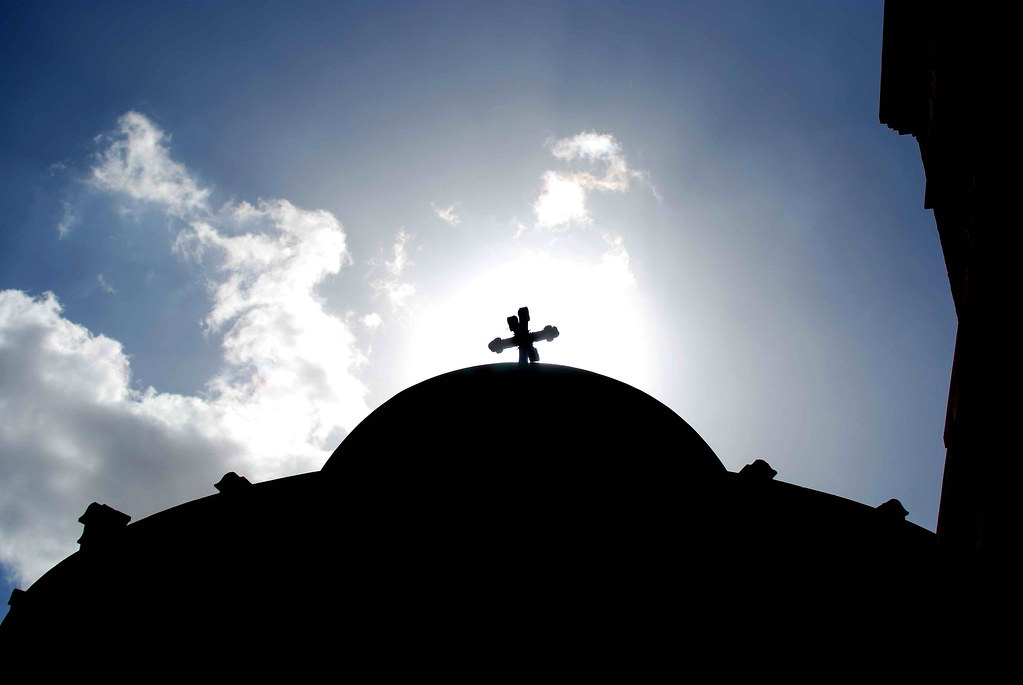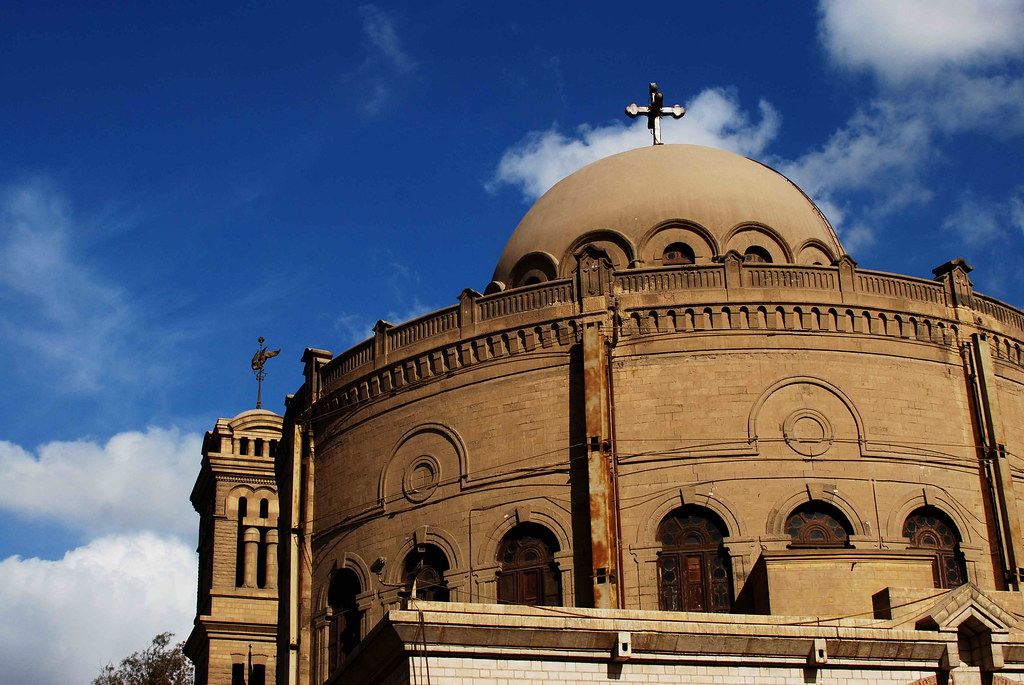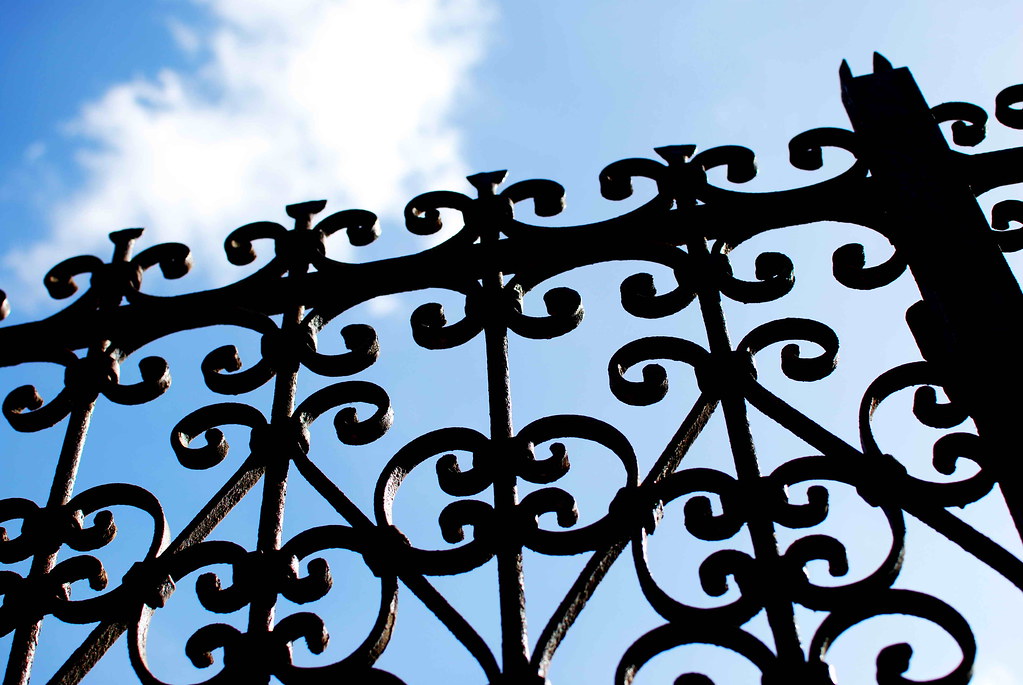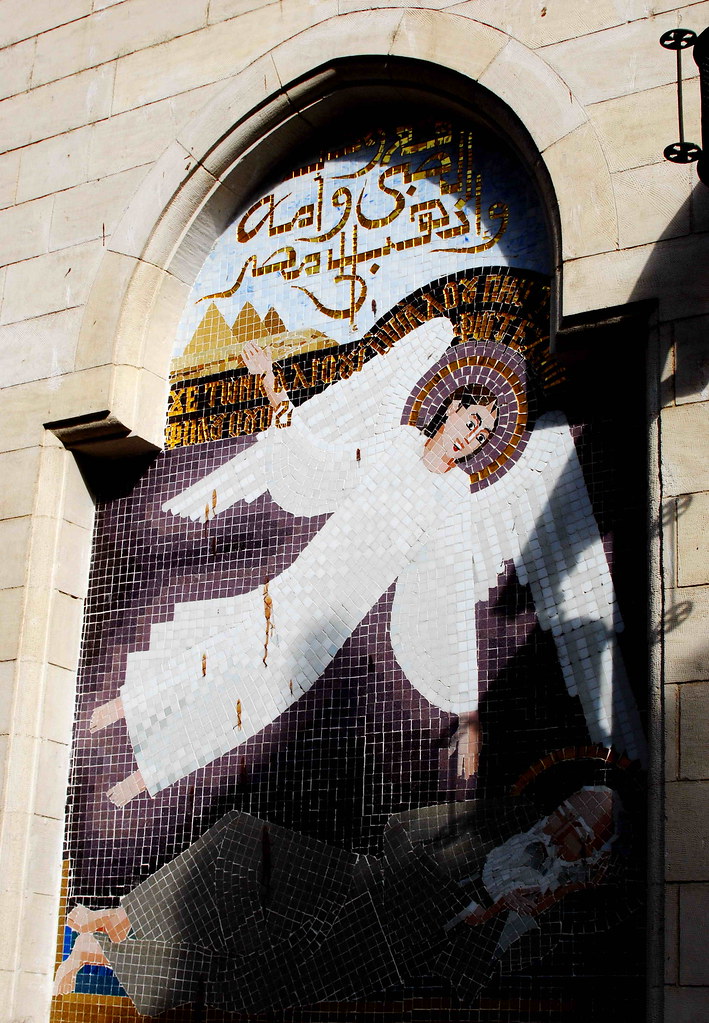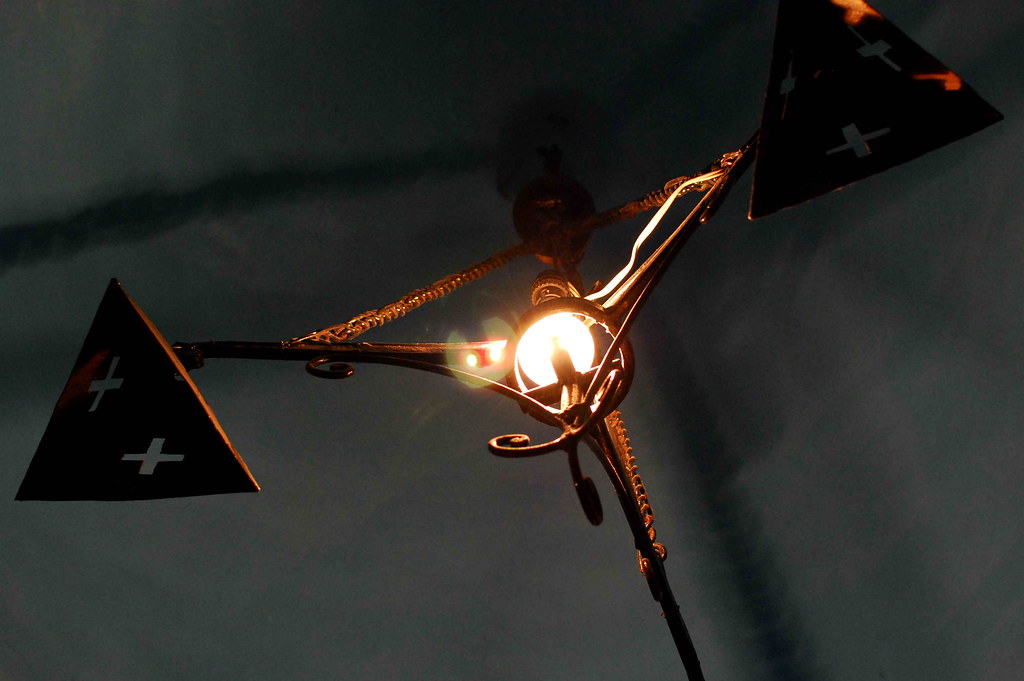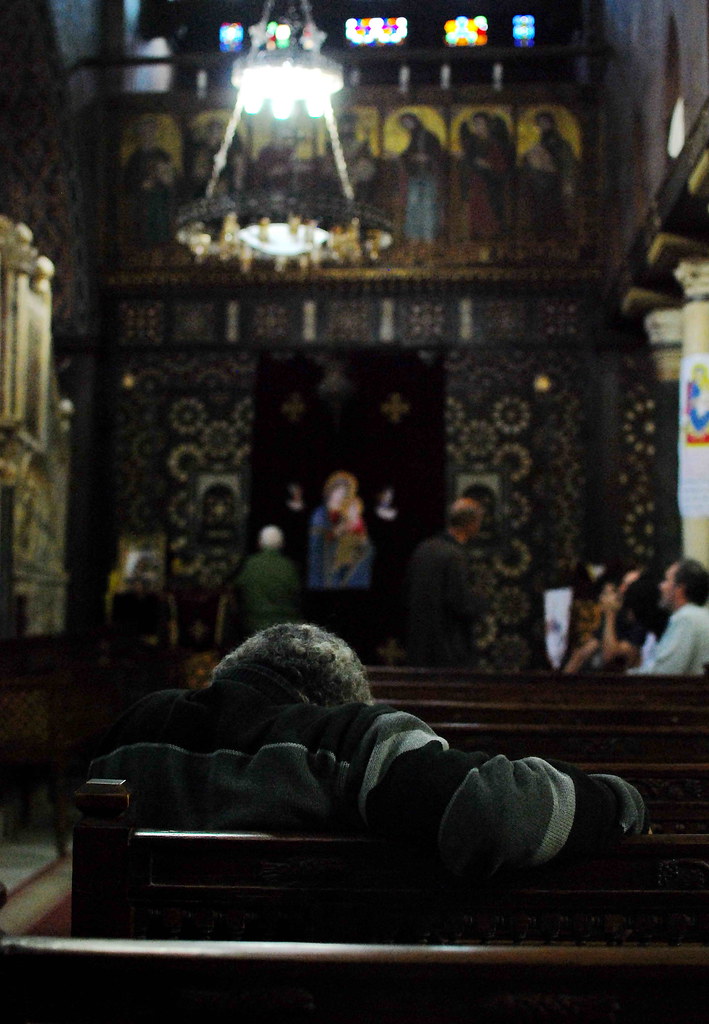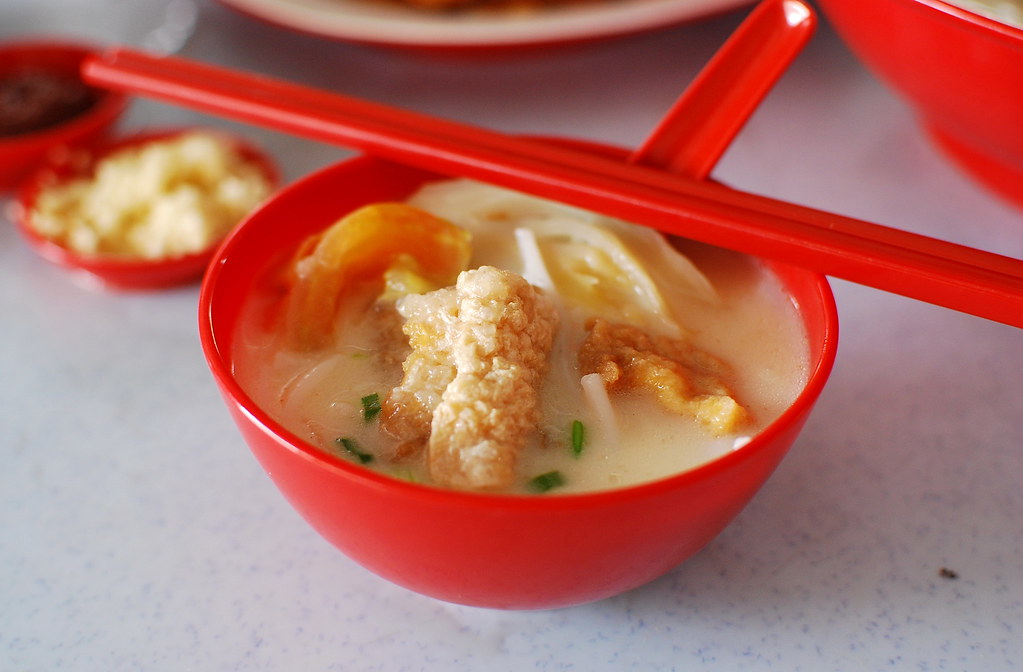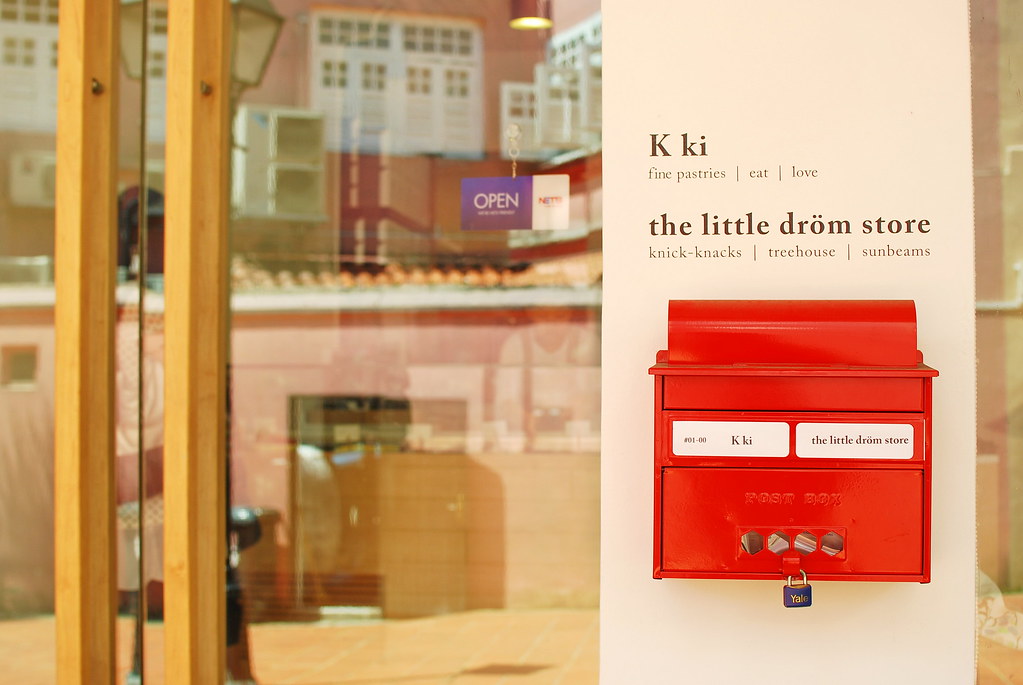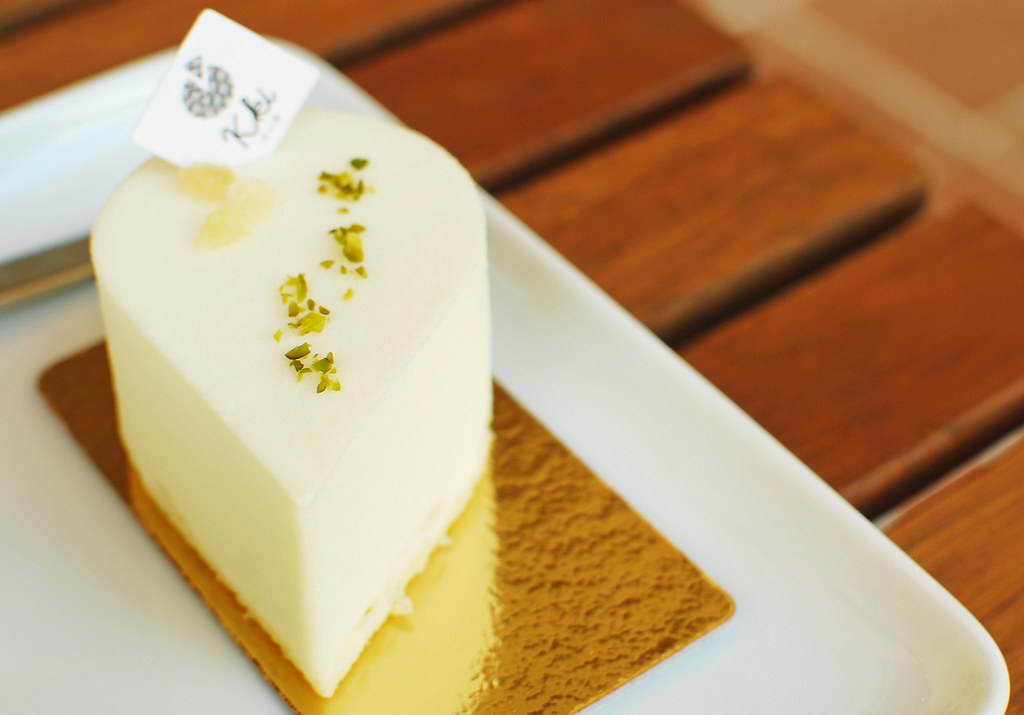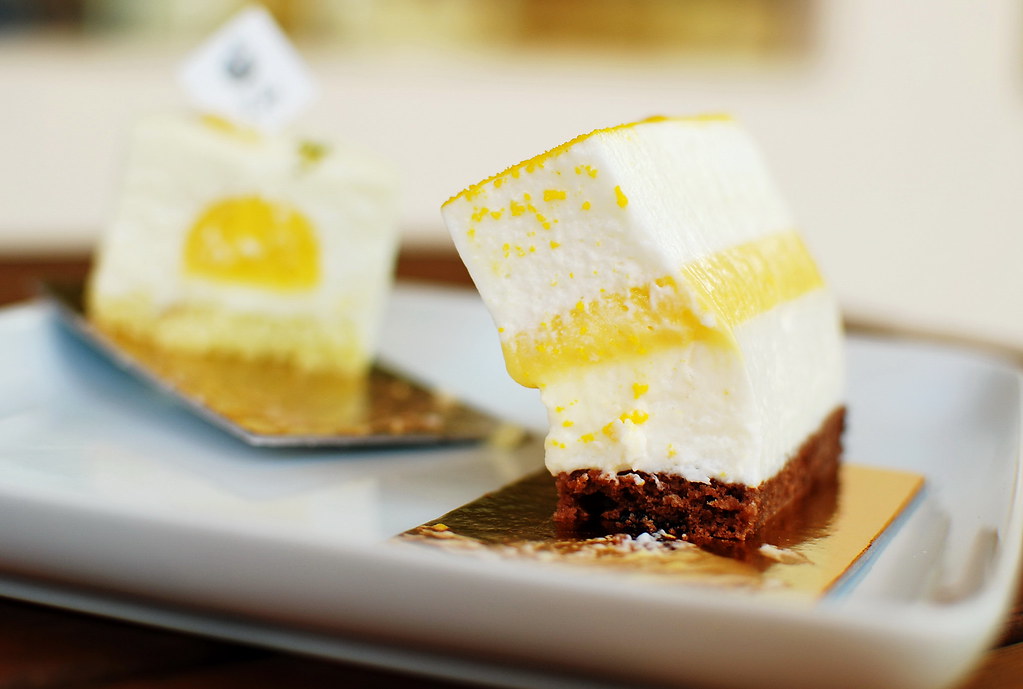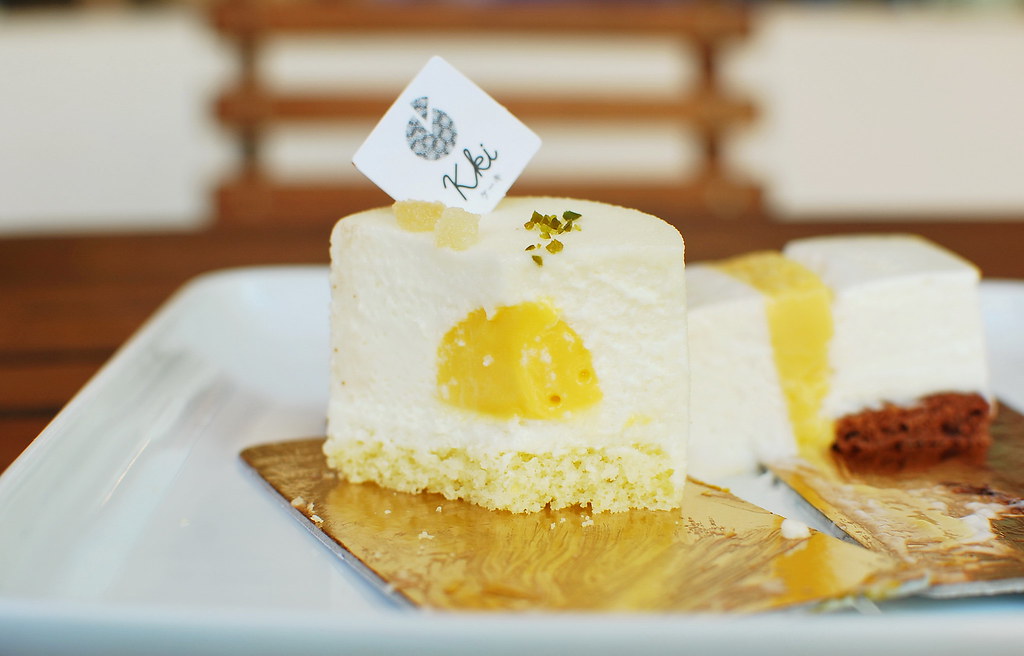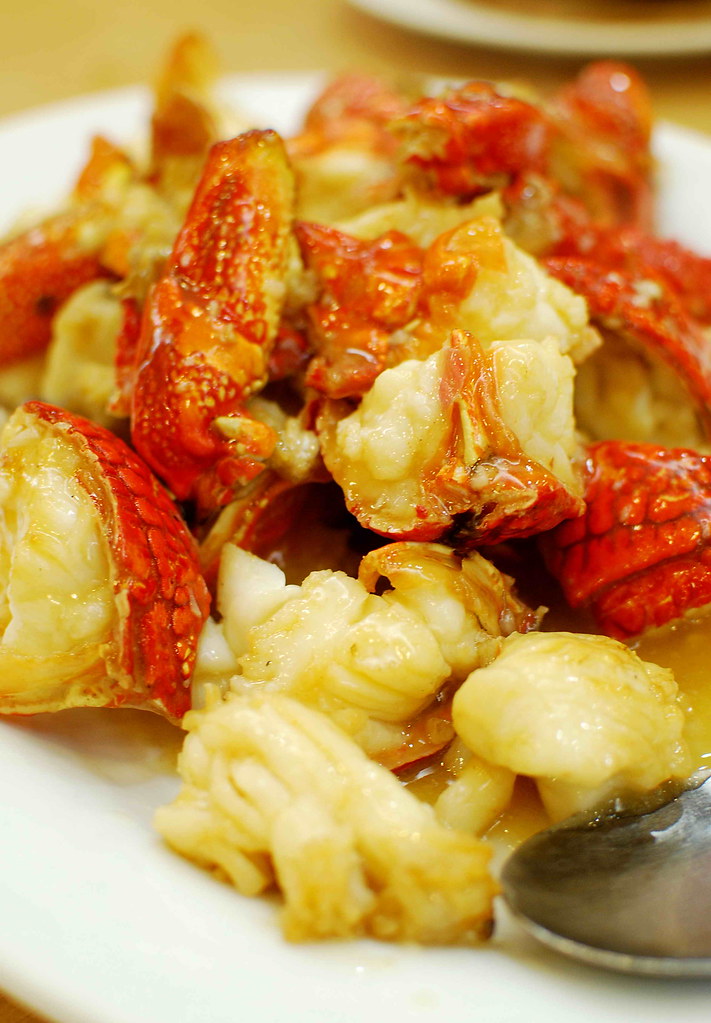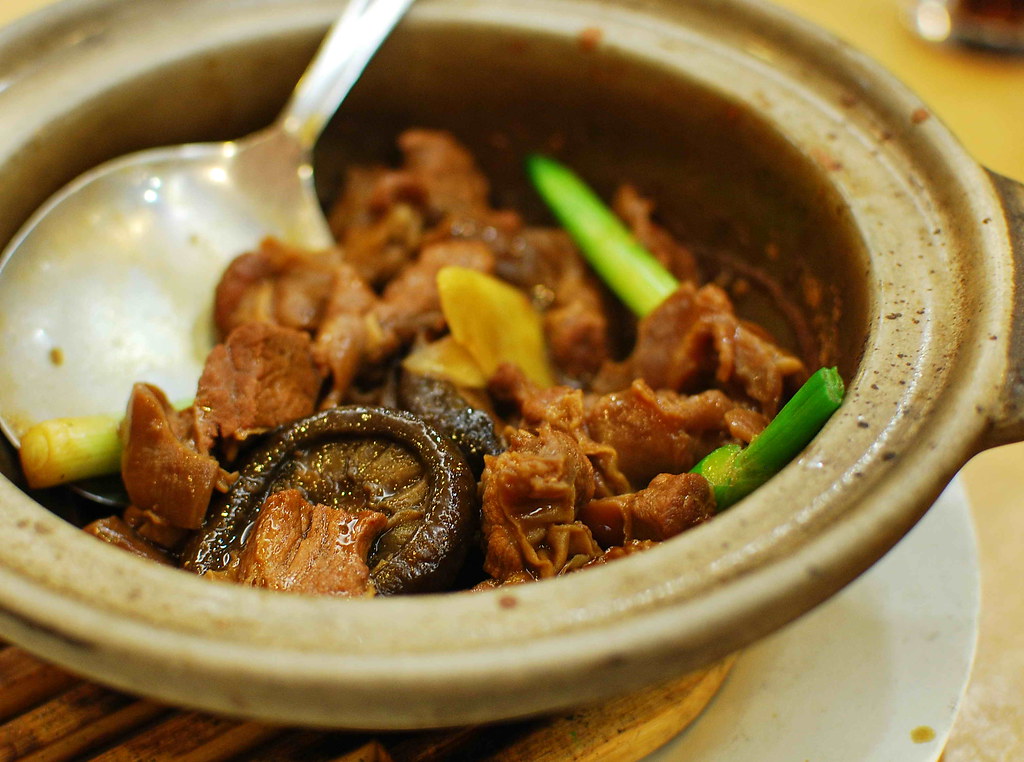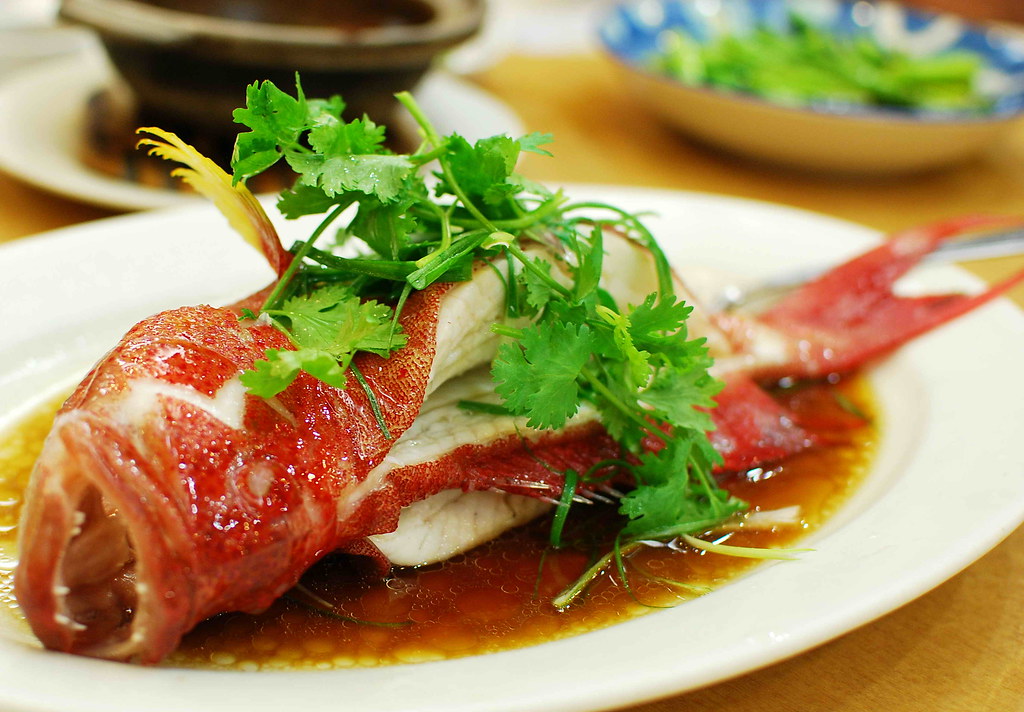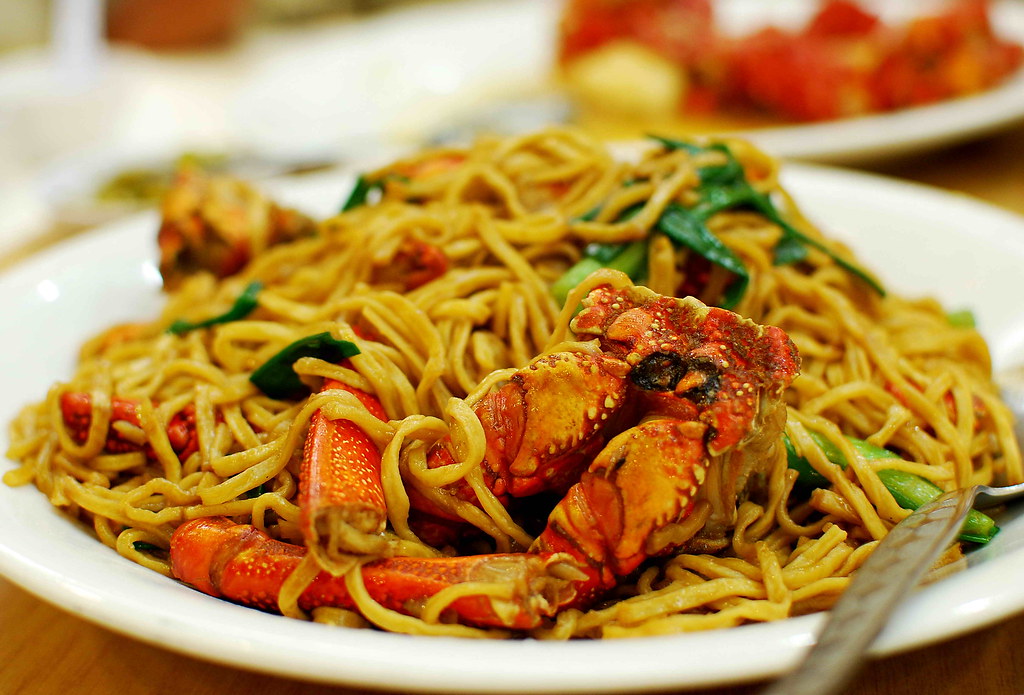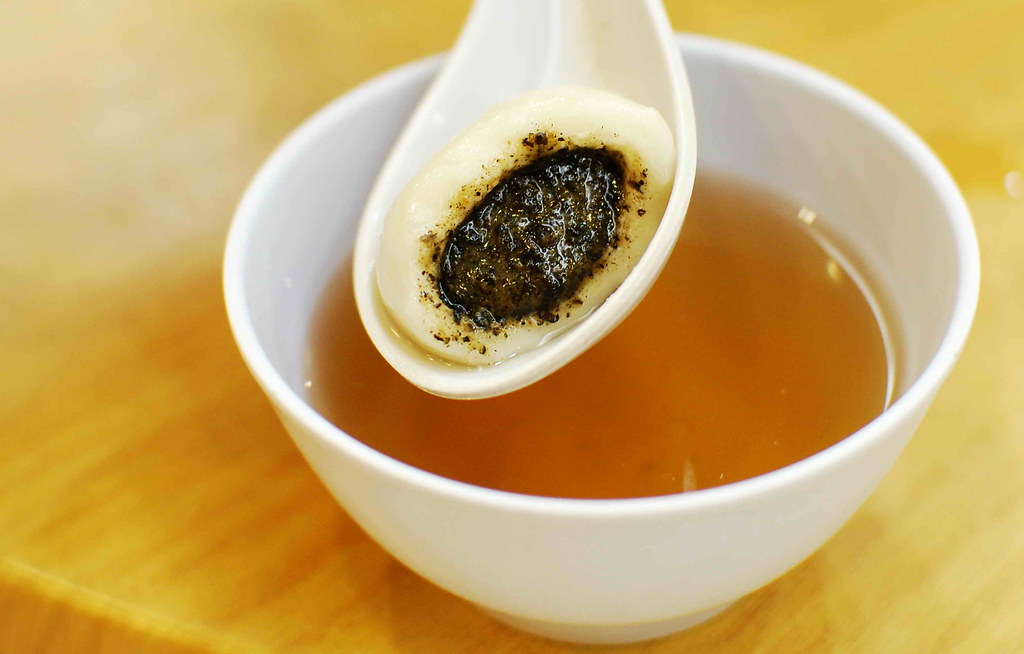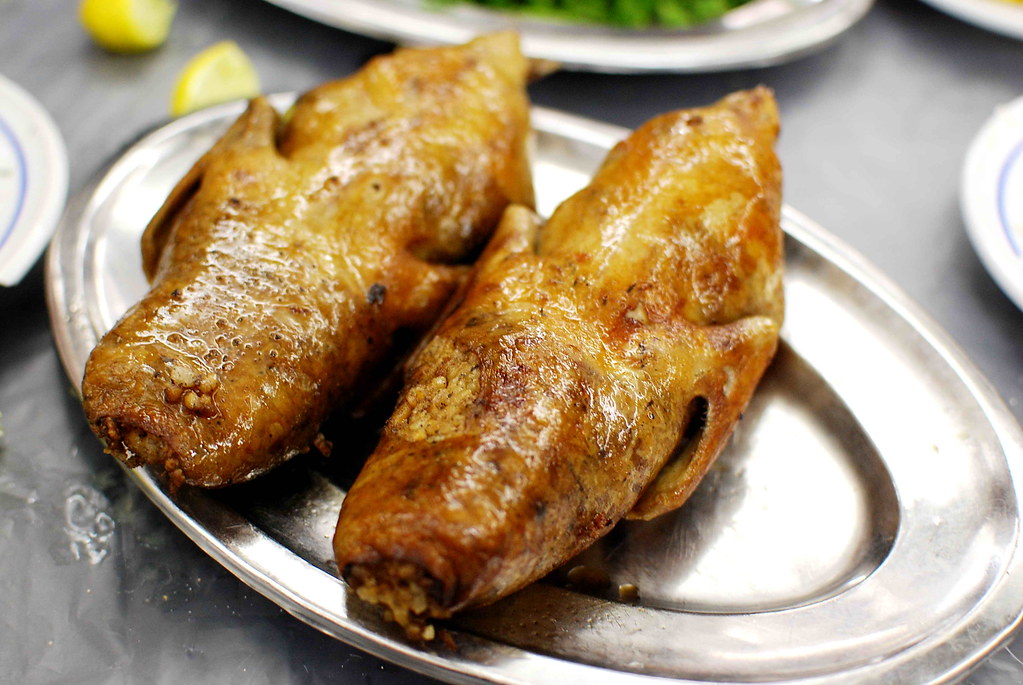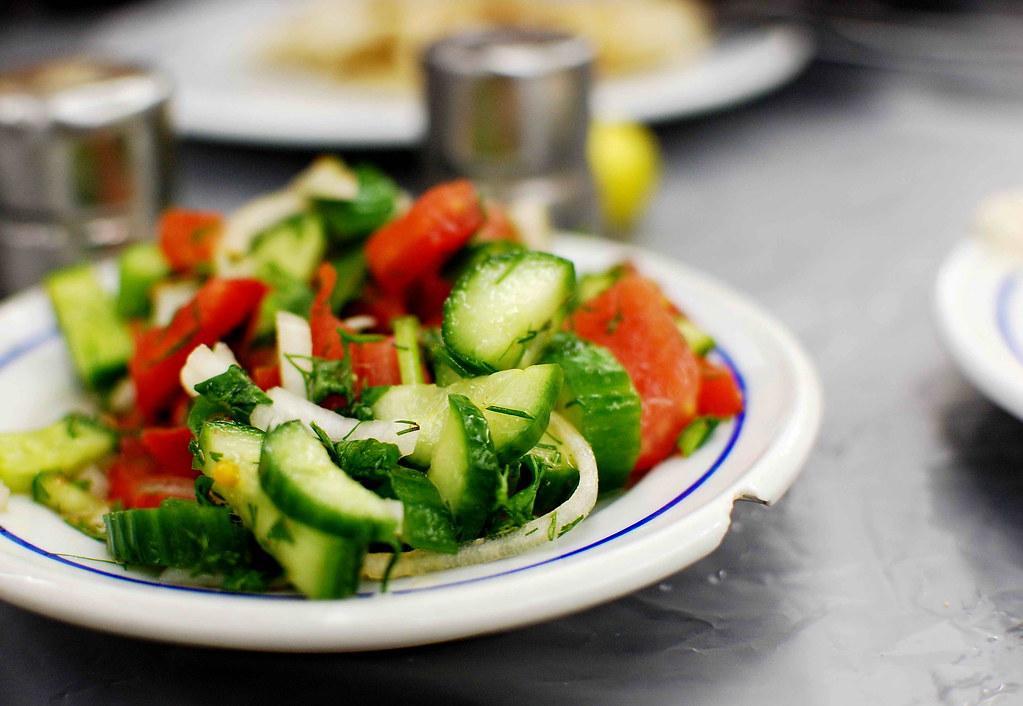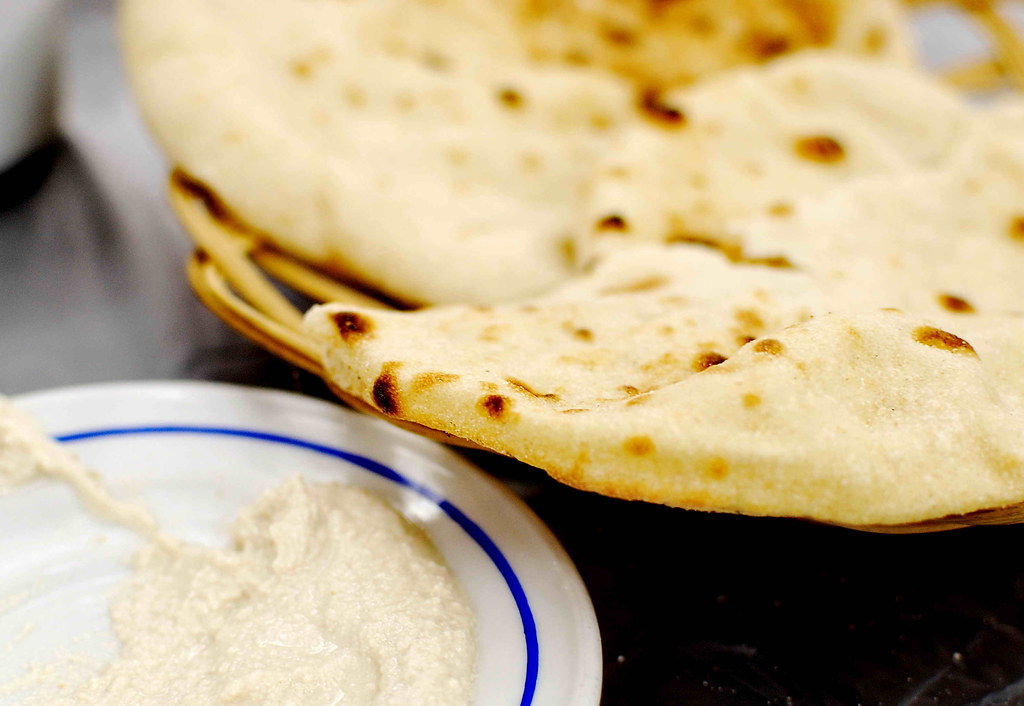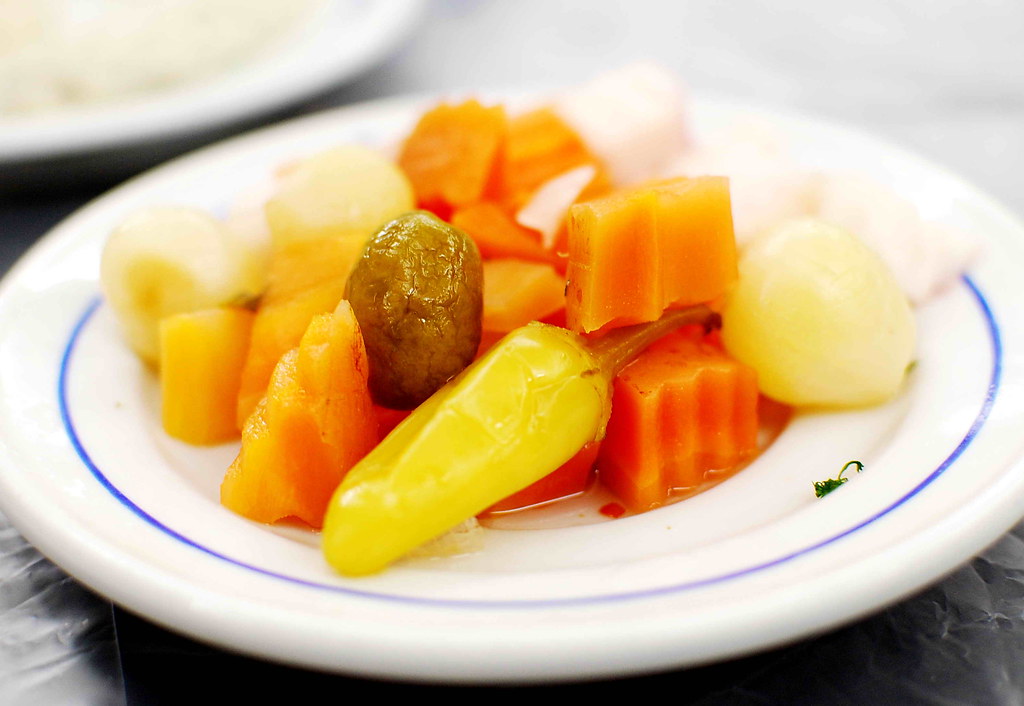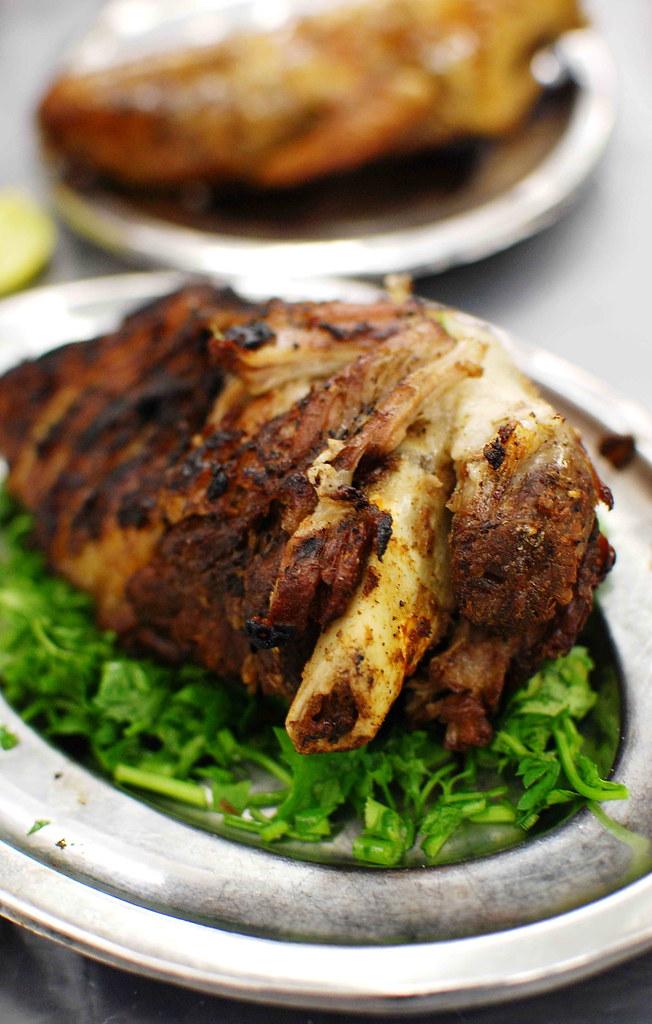On one hand, the city tells the illustrious story of her past that coalesced the ways of, among others, the ancient Graeco-Romans, Egyptians, Christians and Muslims. It's here where ships from the Mediterranean and Red Seas meet, where Alexander the Great spread the Hellenistic culture across the centuries old Pharaonic land that led to the great dynasty of the Ptolemies, where Cleopatra once reigned and where Napoleon began his march to Cairo in the Battle of the Pyramids.
The sun was up but the trunk roads leading to the city were unusually quiet, a juxtaposition that took me by surprise, given her status as Egypt's largest seaport. The only objects that lived among the deserted, dusty blocks of old shophouses were the drying fishing nets, moving to the pattern of the wind. She appeared passive, perhaps fatigued by the tumultuous ages she'd had to witness.
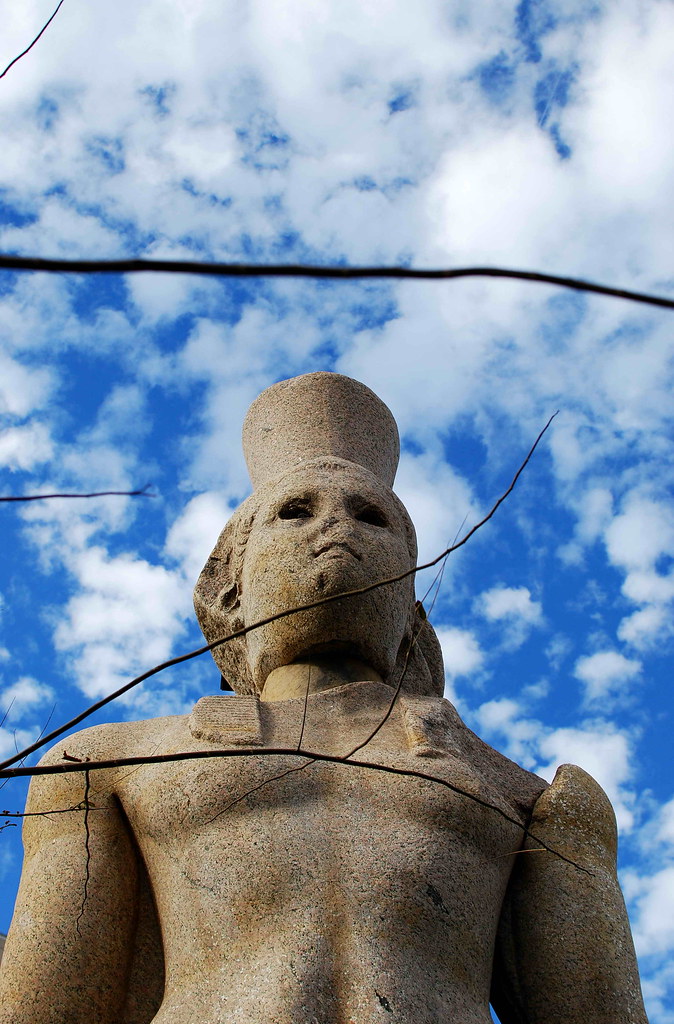
However, the city grew noisier as we made our way to Pompey's Pillar and The Serapeum. The Roman column and the once resource for Pagan literature seemed less extraordinary but to really appreciate the structures is to understand their existence. Our enthusiastic guide, a PhD student, was a good storyteller. The tour would have been perfect had we brought some chips to go along with her engaging tales. We moved further to the Catacombs of Kom Ash-Shuqqafa, which was flooded with hundreds of tourists that spoke mostly Spanish and Italian. This necropolis is another testament of the integration of Greek and Pharaonic beliefs - impressions of Anubis, Osiris, Horus, Isis, Persephone and Hades filled the vast underground world, which I believe at one time, must have been stored with hundreds of corpses. Alone, standing under the dim lights and be surrounded by the countless dark hollows that once were filled with sarcophagi, frightening is not about the haunting of the spirits but a sense of desolation that commands this space. No photos were allowed here.
As we travelled along the scenic but busy coastline of Al-Corniche, I showed the guide a picture of the Pharos lighthouse and asked if we were going there. She looked confused and later, let out a laugh. I obviously didn't do my homework well. You see, the lighthouse was one of the Seven Wonders of the Ancient World but was toppled in a major earthquake back in the 12th century. The fort named Qaitbey that accompanied the once lighthouse remained.
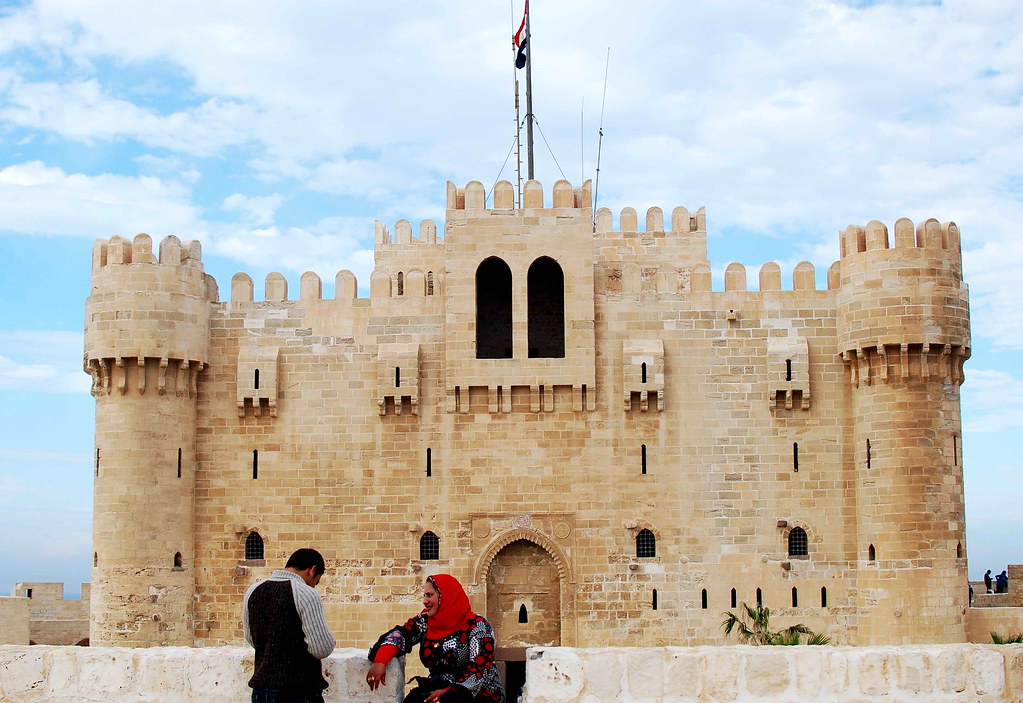
Fort Qaitbey was of a bright hue of brown, the perfect contrast to the amazingly blue sky. The guide asked if I would like to feel like a king for a minute. I was then directed to climb onto a high stand, facing the window on the second level of the fort.
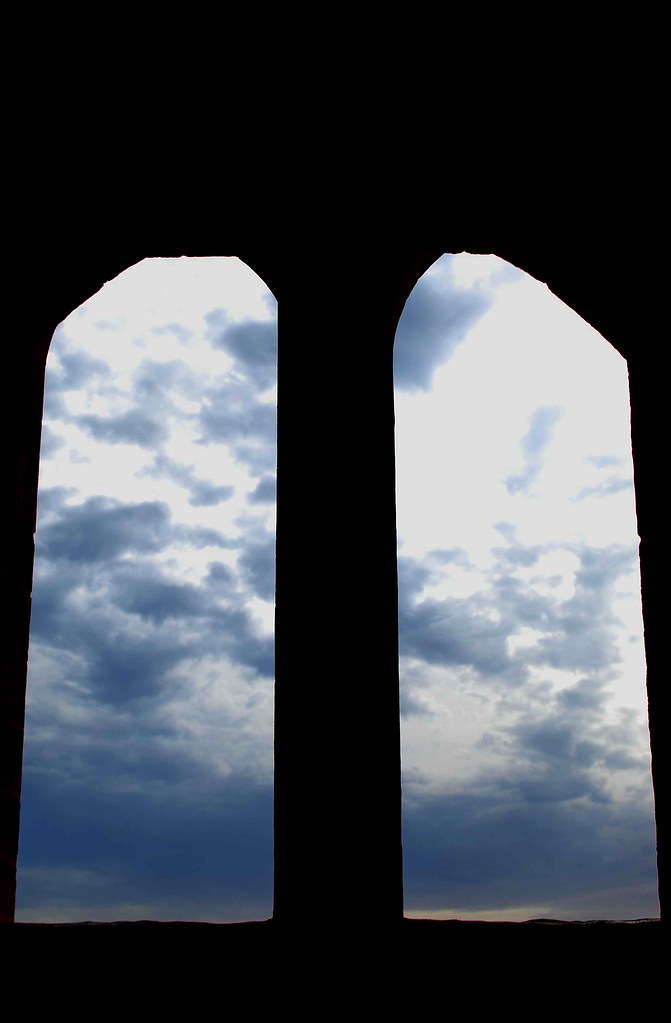
Overlooking the eastern harbour, this was where the king delivered his speeches to the people of Alexandria. The view from where I stood was beautiful.
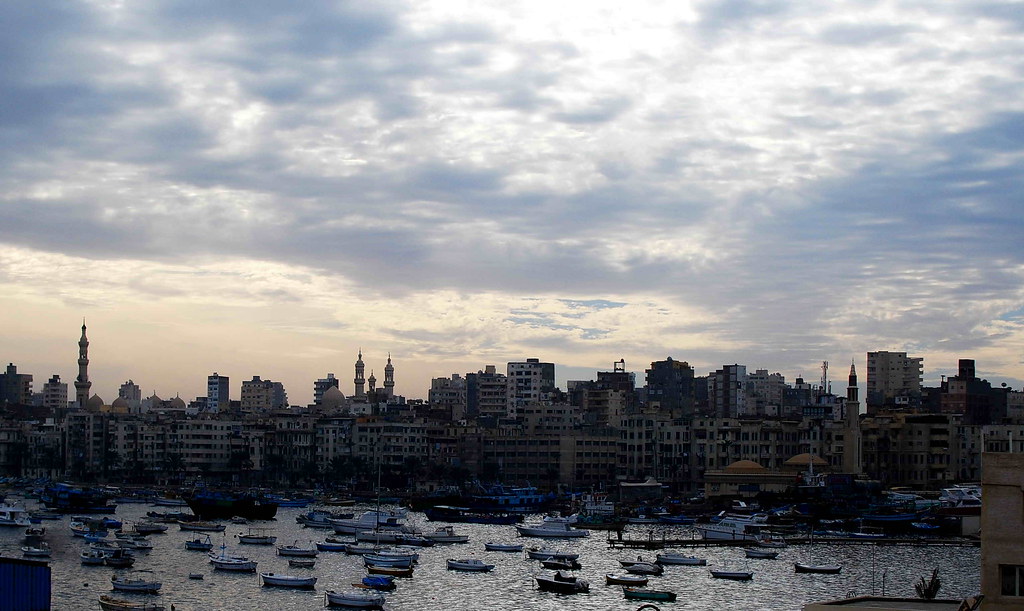
At the other end of the fort, the Mediterranean Sea greets.

We left the past and headed to the last stop of our journey, the Bibliotheca Alexandrina - a modern version of the destroyed Great Library of Alexandria, which was apparently the largest library in the ancient world built during the days of Ptolemy I. This architectural marvel that infuses Egyptian elements like hieroglyphs is now the country’s main cultural centre and library.
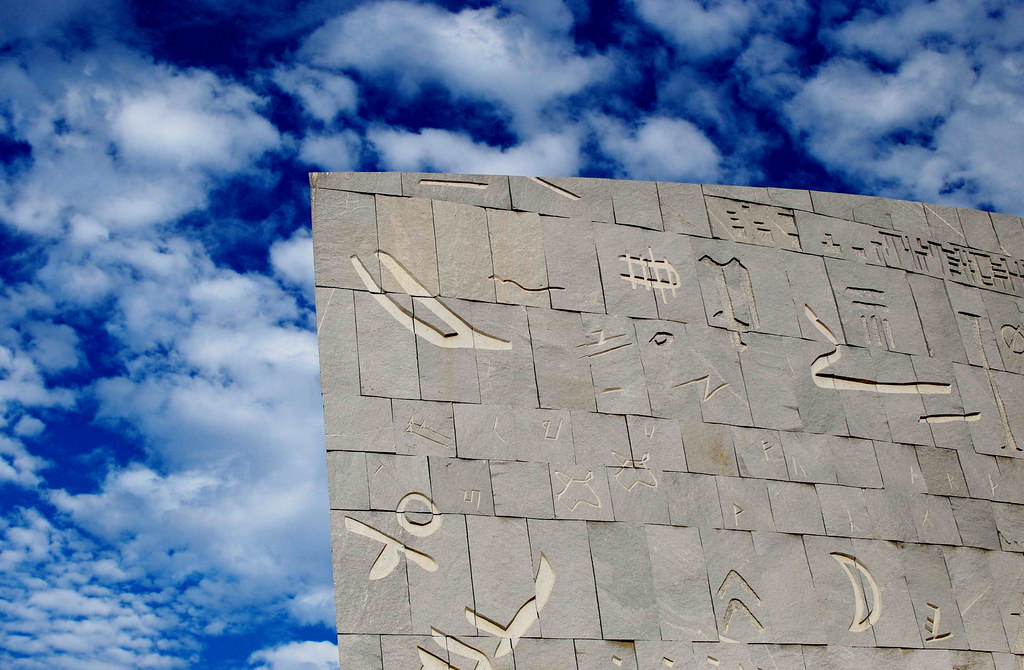

Unlike the quiet entrance into the city, the Bibliotheca is buzzing with young, stylish Egyptians that brim with such livelihood and optimism. This was the other side of the beautiful seaport that I'd seen that day.

If I had more time in Egypt, I would have liked to spend another day here.
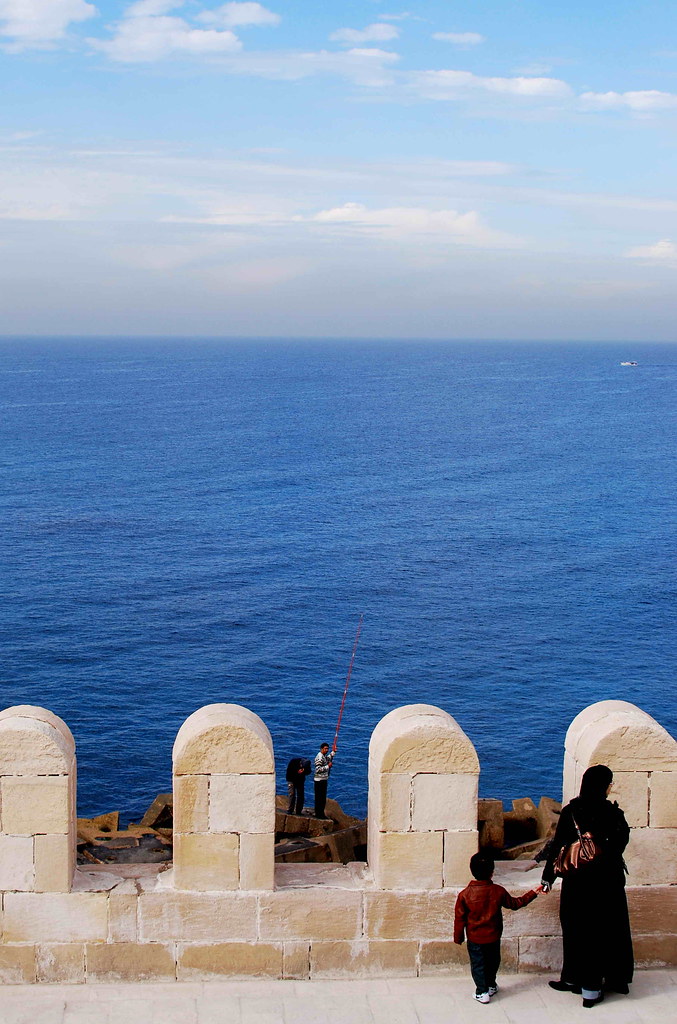
A day that's free from touristy activities, to just relax and enjoy the view of the harbour. And of course, to have a good seafood meal that does not come with soggy fried calamari, fried rice and chow mien.

On our way back to Cairo…..
